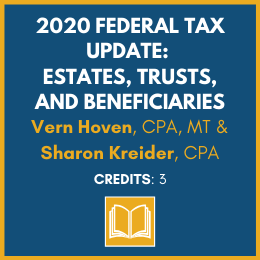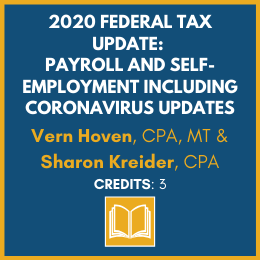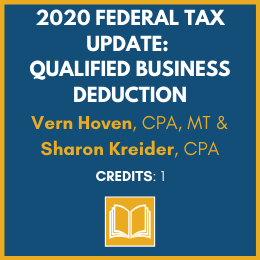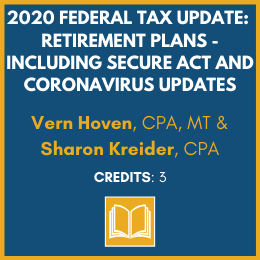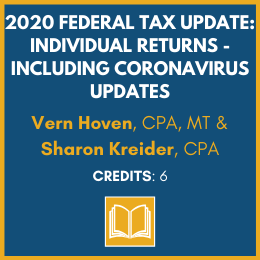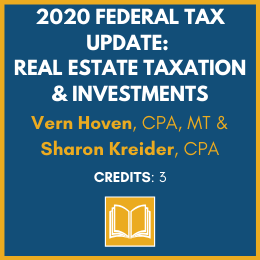
Guest Post: PPP Interim Final Rule

SBA and Treasury Release Interim Final Rules on PPP Loan Forgiveness
Late Friday evening, SBA and Treasury released “interim final rules” to further explain the Paycheck Protection Program (PPP) loan forgiveness process. Here are a few highlights from SBA-2020-0032 (26 pages) for borrowers and SBA-2020-0033 (19 pages) for lenders.
Loan Forgiveness Process
To receive loan forgiveness, a borrower must complete and submit the Loan Forgiveness Application (SBA Form 3508) to the lender. The lender will review the application and make a decision regarding loan forgiveness. The lender has 60 days from receipt of the completed application to issue a decision to SBA. If only a portion of the loan is forgiven, or if the forgiveness request is denied, any remaining balance due on the loan must be repaid by the borrower on or before the two-year maturity of the loan (SBA-2020-0032, III, 2 & 3).
Payroll Costs Eligible for Loan Forgiveness
Borrowers may seek forgiveness for payroll costs for the eight weeks beginning on either:
- the date of disbursement of the borrower’s PPP loan proceeds from the lender ( the start of the covered period), or
- the first day of the first payroll cycle in the covered period (the “alternative payroll covered period”) [SBA-2020-0032, III,3].
Payroll costs are considered paid on the day that paychecks are distributed or the borrower originates an ACH credit transaction. Payroll costs incurred during the covered period (eight weeks) are eligible for forgiveness if paid on or before the next regular payroll date. Otherwise, payroll costs must be paid during the covered period (or alternative payroll covered period) to be eligible for forgiveness.
For administrative convenience of the borrower, a borrower with a bi-weekly (or more frequent) payroll cycle may elect to use an alternative payroll covered period that begins on the first day of the first payroll cycle in the covered period and continues for the following eight weeks. If payroll costs are incurred during this eight-week alternative payroll covered period, but paid after the end of the alternative payroll covered period, such payroll costs will be eligible for forgiveness if they are paid no later than the first regular payroll date thereafter (SBA-2020-0032, III,3(a)).
“Payroll costs” include compensation in the form of salary, wages, commissions, bonuses, hazard pay, or similar compensation. If a borrower pays furloughed employees their salary, wages, or commissions during the covered period, those payments are eligible for forgiveness as long as they do not exceed an annual salary of $100,000, as prorated for the covered period (SBA-2020-0032, III,3(b)).
For more on the application, see our May 18, 2020 e tax alert.
Payroll Costs for Owner-employees and Self-employed Individuals
The amount of loan forgiveness requested for owner-employees and self-employed individuals’ payroll compensation can be no more than the lesser of 8/52 of 2019 compensation (i.e., approximately 15.38% of 2019 compensation) or $15,385 per individual in total across all businesses. No additional forgiveness is provided for retirement or health insurance contributions for self-employed individuals, including Schedule C filers and general partners, as such expenses are paid out of their net self-employment income. General partners are capped by the amount of their 2019 net earnings from self-employment (reduced by claimed §179 expense deduction, unreimbursed partnership expenses, and depletion from oil and gas properties) multiplied by 0.9235. (SBA-2020-0032, III,3(c)).
Nonpayroll Costs Eligible for Loan Forgiveness
Nonpayroll costs (such as rent, mortgage interest and utilities) are eligible for forgiveness if the costs were:
• paid during the covered period; or
• incurred during the covered period and paid on or before the next regular billing date, even if the billing date is after the covered period (SBA-2020-0032, III,4(a)).
Planning note. See the example in the Interim Final Rules where the borrower is able to include the two utility bills paid in the eight-week period and the next month’s utility bill incurred during the eight-week period but paid on the next regular billing date.
Reductions to Loan Forgiveness Amount
A borrower’s loan forgiveness amount will be reduced under two circumstances:
1. If the average number of FTE employees during the covered period or the alternative payroll covered period is less than during the reference period, the total eligible expenses available for forgiveness are reduced proportionally by the percentage reduction in FTE employees (SBA-2020-0032, III,5(b, c, d)).
2. A reduction in an employee’s salary or wages in excess of 25% will generally result in a reduction in the loan forgiveness amount, unless an exception applies (SBA-2020-0032, III,5(e)).
Exceptions. If a borrower restores reductions made to employee wages or FTE employees by not later than June 30, 2020, the borrower can avoid a reduction in its loan forgiveness amount (SBA-2020-0032, II,5(g)). A borrower’s loan forgiveness amount is not reduced if an employee is fired for cause, voluntarily resigns, or voluntarily requests a schedule reduction (SBA-2020-0032, II,5(h)). A regulatory exemption is provided to the reduction rules for borrowers who have offered to rehire employees or restore employee hours, even if the employees have not accepted.
The interim final rules:
1. Define “full-time equivalent employee”,
2. Describe how a borrower calculates its number of FTE employees,
3. Describe what effect a borrower’s reduction in employees’ salary or wages have on the loan forgiveness amount (SBA-2020-0032, III,5(e)), and
4. Provide examples of definitions and calculations.
Note. To ensure that borrowers are not doubly penalized, the salary/wage reduction applies only to the portion of the decline in employee salary and wages that is not attributable to the FTE reduction (SBA-2020-0032, II,5(f)).
Appeal Procedure Pending For Denial of Forgiveness
A borrower may appeal SBA’s determination that the borrower is ineligible for a PPP loan or ineligible for the loan amount or the loan forgiveness amount claimed by the borrower. SBA intends to issue a separate interim final rule addressing the appeal procedure (SBA-2020-0033, III,1(g)).


